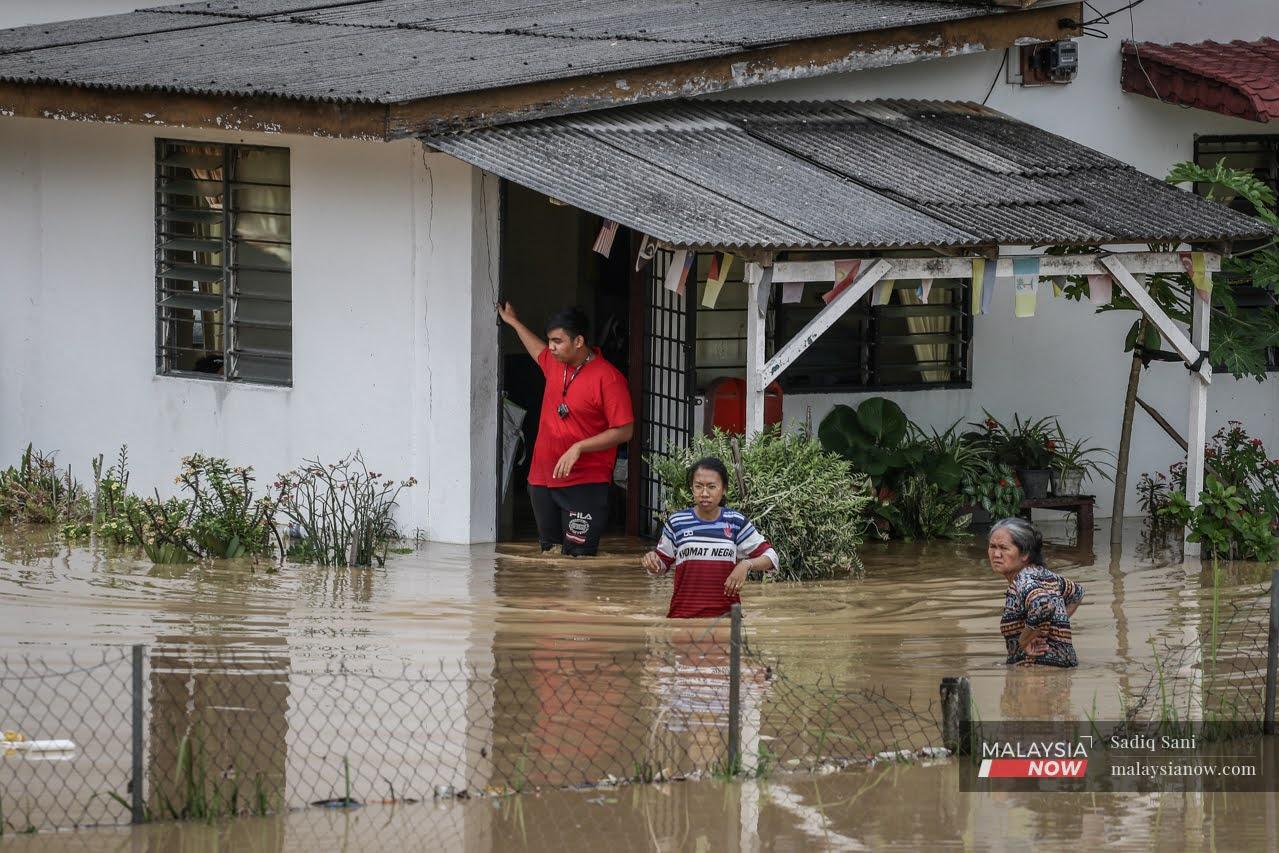PM says personally contacted army, police for help after slow flood response in Selangor
Ismail Sabri Yaakob speaks of a communications breakdown and failure to heed flood warnings given as early as last September.
Just In
A combination of local authorities ignoring warnings, bad communication and unprecedented rainfall contributed to the weaknesses in handling the massive floods in Selangor last month which left widespread devastation in their wake, Prime Minister Ismail Sabri Yaakob told the Dewan Rakyat today.
Ismail also revealed that after realising the sluggish deployment of help to flood victims, he had gone to the National Disaster Control Centre (NDCC) on the night of Dec 18, when the floods first struck several major townships in Selangor.
He said he was briefed by the National Disaster Management Agency (Nadma), and later personally contacted the top brass of the armed forces, military and police to mobilise personnel and additional assets.
“Following this communication, the armed forces general instructed the commander of the 11th Brigade to immediately mobilise additional personnel and assets to the affected areas.
“The inspector-general of police also directed additional members and assets from nearby states to provide back-up for the the existing team,” he said.
There had been speculation that security forces stepped in on their own after Nadma and other agencies allegedly failed to respond to the rising waters in Selangor.
The armed forces dismissed the rumour, but a blame game ensued between the state government and federal authorities as thousands of residents in affected areas said they had waited for days before help finally arrived.
Ismail said warnings of floods in Selangor had been issued as early as September, and that he had chaired a meeting arranged by Nadma through the Central Disaster Management Committee attended by various state menteris besar including that of Selangor.
He said another meeting in October had involved the minister in the Prime Minister’s Department and the chairmen of various state-level disaster management committees, adding that it was then stressed that they must be well prepared for the flood situation.
“This is the role that has been played by the federal government as a reminder to state governments to be prepared for any eventuality,” he said.
He said the police had reported 55 deaths due to the floods – 40 men, 12 women, two boys and a girl.
Another two flood victims remain missing.
Ismail said three main challenges had been identified in the country’s disaster management system, the first of which was a communications gap among agencies at the central, state and district levels, as well as statutory bodies, the private sector and NGOs regarding their responsibilities under the NSC Directive No. 20, before, during and after the disaster in question.
He also spoke of weaknesses in command and control, where the absence of Nadma in states and districts complicated direct coordinations with agencies in the field.
The third challenge, he said, was weaknesses in information management during disasters.
“At this point in time, the country’s disaster management still follows conventional methods of gathering information which are not in line with current technological developments,” he said, adding that information must be channelled more quickly and accurately to both agencies and flood victims.
Subscribe to our newsletter
To be updated with all the latest news and analyses daily.
